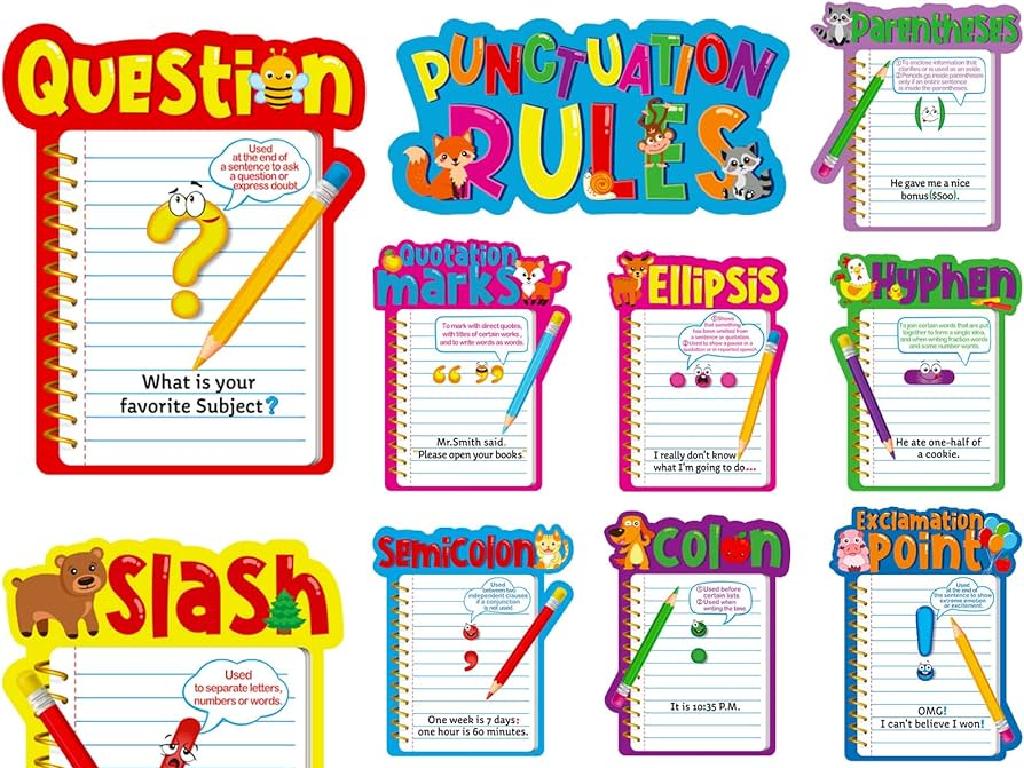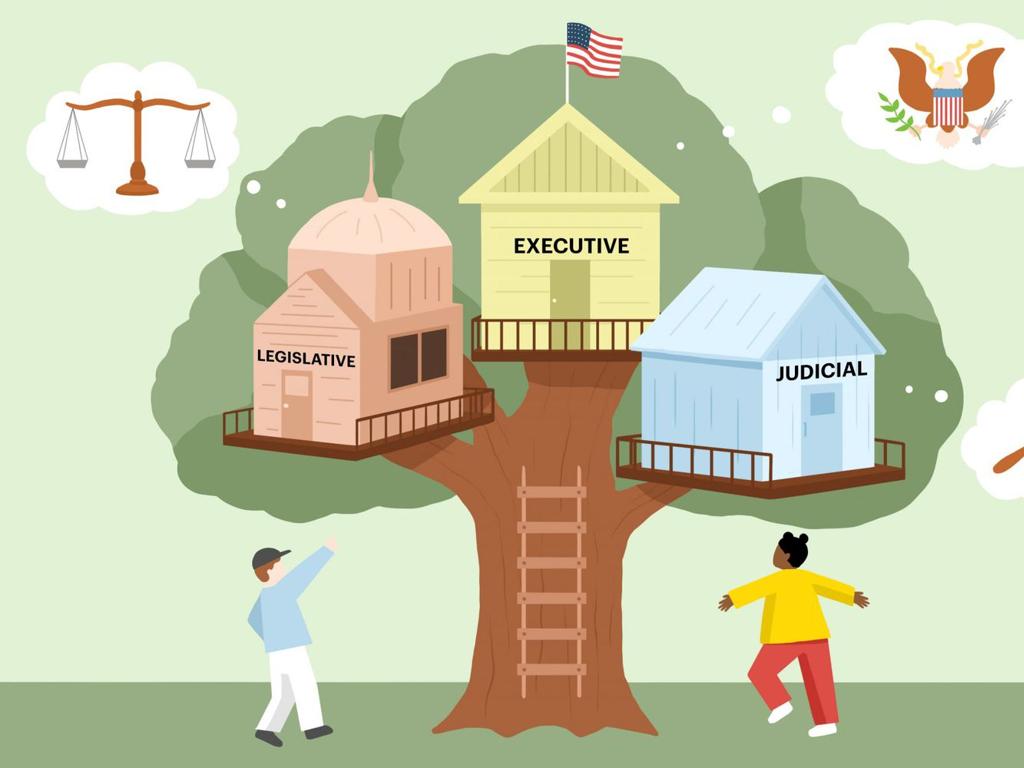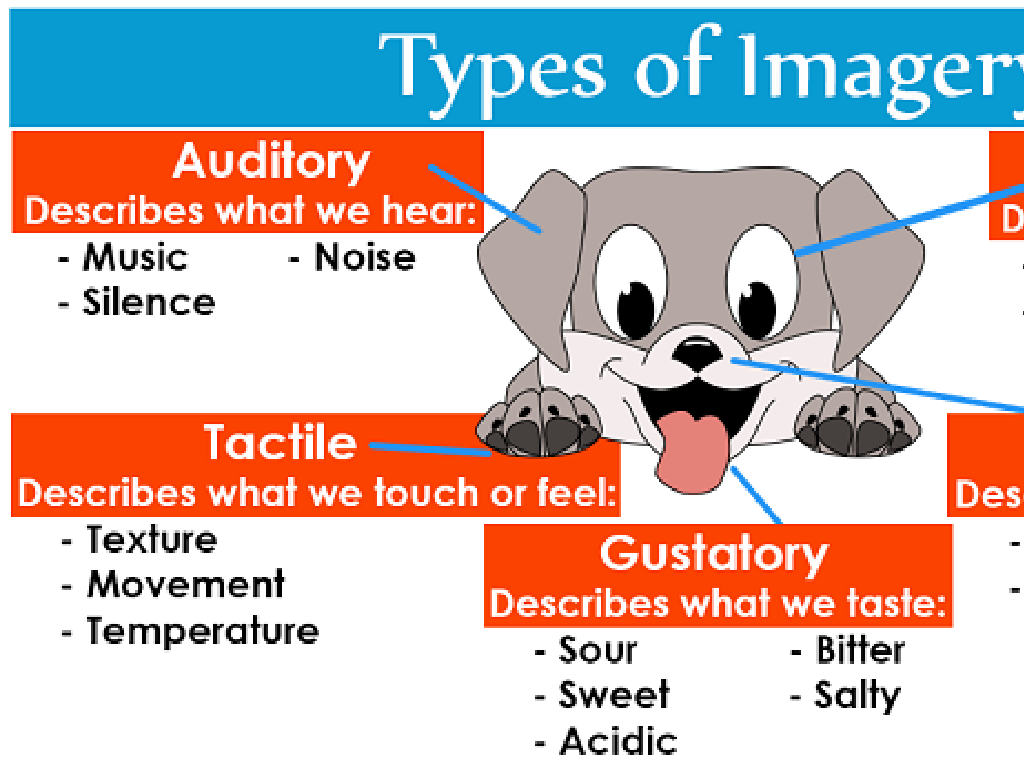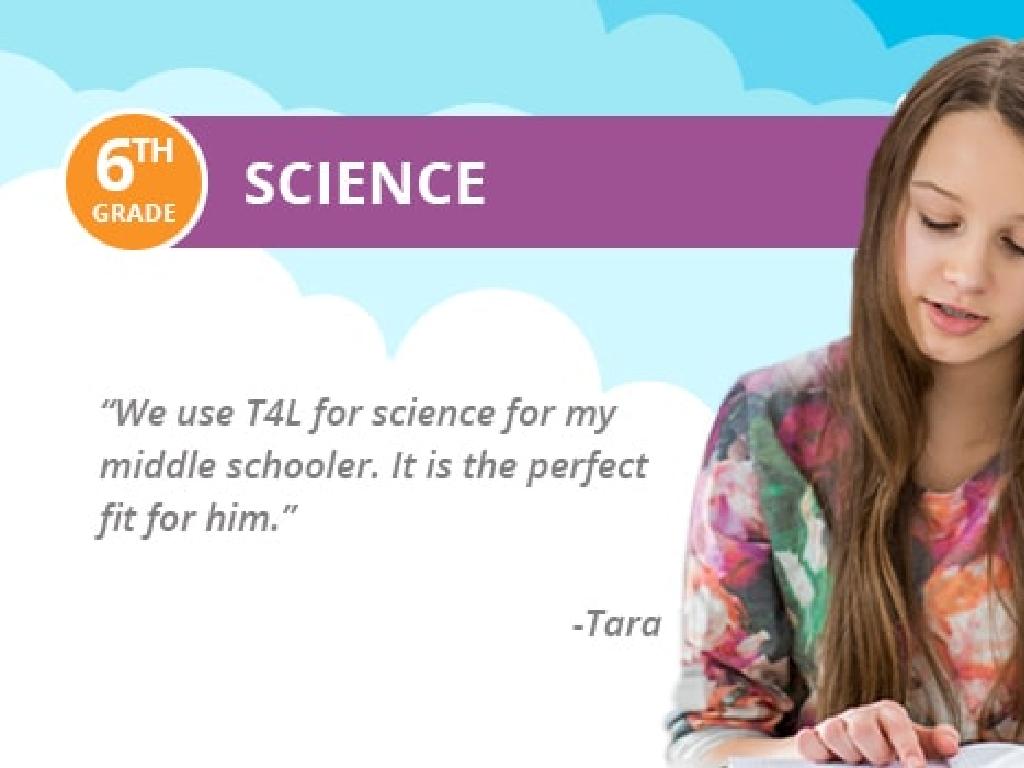Brain Function And Mental Health
Subject: Science
Grade: High school
Topic: Health & Medicine
Please LOG IN to download the presentation. Access is available to registered users only.
View More Content
Exploring Brain Function and Mental Health
– The human brain: our control center
– Acts as the body’s command center, influencing thoughts, memories, and emotions.
– Today’s focus: brain function & mental health
– We’ll delve into how the brain operates and its impact on mental health.
– Brain and well-being: an intricate link
– How brain processes affect emotions, decision-making, and stress management.
– Importance of mental health in our lives
|
This slide introduces the complex relationship between brain function and mental health, emphasizing the brain’s role as the control center of the body. It sets the stage for a detailed discussion on how the brain’s various processes influence our emotions, decision-making abilities, and overall mental well-being. The lesson will explore the biological underpinnings of mental health, aiming to foster a deeper understanding of its importance in our daily lives. Encourage students to think about how their own experiences and feelings might be connected to brain function. This will help personalize the topic and make it more relatable.
Anatomy of the Brain: Key Regions and Functions
– Major brain parts: cerebrum, cerebellum, brainstem
– The cerebrum handles complex thoughts, the cerebellum manages balance, and the brainstem controls basic life functions.
– Functions of different brain regions
– The frontal lobe for decision making, parietal lobe for sensory information, occipital lobe for vision, and temporal lobe for memory and understanding language.
– Brain regions working in harmony
– These parts communicate through neural pathways to coordinate both voluntary and involuntary actions.
– Impact on body control and mental health
|
This slide introduces students to the basic anatomy of the brain and its primary functions. The cerebrum, the largest part, is responsible for higher brain functions such as thought, action, and creativity. The cerebellum, located under the cerebrum, helps with coordination and balance. The brainstem connects the brain to the spinal cord and manages involuntary functions like breathing and heart rate. Understanding how these parts work together provides insight into how our brain controls everything we do, from moving and speaking to thinking and feeling. This knowledge is crucial for comprehending how brain function affects mental health and overall well-being.
Neurons and Neurotransmitters: Communication in the Brain
– Neurons: The brain’s information messengers
– Neurons transmit info via electrical and chemical signals
– Neurotransmitters: Brain function facilitators
– Neurotransmitters help relay, amplify, and modulate signals
– Impact of neurotransmitters on mood
– Serotonin and dopamine affect happiness and pleasure
– Behavior influenced by neurotransmitter levels
– Imbalances can lead to depression, anxiety, and more
|
This slide introduces the fundamental concepts of neurons and neurotransmitters, which are essential for high school students to understand brain function and mental health. Neurons are specialized cells that transmit information throughout the brain and body using electrical and chemical signals. Neurotransmitters are the chemicals that neurons release to send signals to other neurons. They play a crucial role in regulating mood, behavior, and various mental processes. Examples include serotonin, which contributes to well-being and happiness, and dopamine, which is associated with pleasure and reward. An imbalance in these chemicals can lead to mental health issues such as depression and anxiety. Encourage students to think about how physical activities and diet can influence neurotransmitter levels and mental health.
Brain Plasticity and Mental Health
– Define brain plasticity
– Brain’s ability to adapt and reorganize neural pathways.
– Experience reshapes the brain
– Activities, skills, and environments can alter brain connectivity.
– Brain structure and learning
– Learning new things can physically change the brain’s structure.
– Recovery after brain injury
– Potential to regain functions lost due to injury through rehabilitation.
|
Brain plasticity, also known as neuroplasticity, refers to the brain’s remarkable ability to reorganize itself by forming new neural connections throughout life. This adaptability is influenced by experiences, learning, and memory. Highlight how the brain is not static but is continuously changing in response to our environment, actions, and education. Discuss the implications of brain plasticity for recovery from injuries, emphasizing the potential for rehabilitation and the importance of a stimulating environment for aiding recovery. Provide examples such as how learning a musical instrument or a new language can lead to structural changes in the brain, and how these changes can contribute to improved cognitive function and mental health.
Mental Health Overview
– Defining mental health
– Mental health encompasses emotional, psychological, and social well-being.
– Common disorders in teens
– Anxiety, depression, and eating disorders are prevalent among teenagers.
– Addressing stigma
– Stigma refers to the negative attitudes and beliefs towards mental health issues.
– Debunking misconceptions
– Misconceptions can include ideas that mental health problems are a sign of weakness or are untreatable.
|
This slide aims to introduce students to the concept of mental health, emphasizing its importance for overall well-being. It’s crucial to discuss common mental health disorders that teenagers may face, such as anxiety and depression, to increase awareness and understanding among peers. Addressing stigma is vital for creating a supportive environment that encourages individuals to seek help without fear of judgment. Debunking misconceptions is equally important to correct false beliefs and provide accurate information. The discussion should foster empathy, promote mental health literacy, and encourage a supportive community within the school.
The Brain-Mental Health Connection
– Brain function’s role in mental health
– Mental health is closely linked to brain activity and neurotransmitter levels.
– Effects of stress on the brain
– Chronic stress can alter brain function, leading to anxiety and other issues.
– Depression and brain changes
– Depression can cause structural and functional brain changes, impacting well-being.
– Therapy and medication benefits
– Proper treatment can help restore balance and improve mental health outcomes.
|
This slide explores the intricate relationship between brain function and mental health. It’s crucial to understand that mental health disorders are not a choice, but rather a result of complex interactions within the brain. Stress, anxiety, and depression can lead to significant changes in the brain, which may affect cognition, mood, and behavior. Highlight the importance of seeking help and the effectiveness of therapy and medication in managing mental health conditions. Discuss how these treatments can help correct chemical imbalances and support the brain’s return to a healthier state. Encourage students to think critically about the stigma surrounding mental health and the scientific evidence that underscores the biological basis of these conditions.
Maintaining a Healthy Brain
– Lifestyle choices for brain health
– Habits like balanced diet, mental exercises, and avoiding toxins support brain function.
– Sleep, nutrition, and exercise
– Adequate rest, balanced diet, and regular physical activity are crucial for brain health.
– Mindfulness and relaxation
– Techniques like meditation and deep-breathing can reduce stress and improve cognitive function.
– Impact on mental health
– These practices contribute to overall mental well-being and can prevent cognitive decline.
|
This slide aims to educate students on the importance of maintaining brain health through various lifestyle choices. Emphasize the role of sufficient sleep, proper nutrition, and regular exercise in supporting cognitive functions and mental health. Discuss how mindfulness and relaxation techniques like meditation can help manage stress and enhance brain performance. Encourage students to adopt these healthy habits to promote their mental well-being. Provide examples such as the benefits of omega-3 fatty acids found in fish for brain health, the positive effects of physical activities like swimming or jogging on cognitive function, and how mindfulness exercises can help with concentration and stress relief.
Class Activity: Brainstorming Brain Health
– Discuss ways to maintain mental health
– Role-play stress & peer pressure scenarios
– Act out real-life situations & practice healthy responses
– Create a weekly ‘Brain Health Plan’
– Include diet, exercise, sleep & relaxation techniques
– Share plans and discuss as a class
|
This interactive class activity is designed to engage students in a discussion about mental health and to provide them with practical strategies for maintaining brain health. Divide the class into small groups and have them brainstorm ways to support mental well-being. Then, move on to role-playing exercises where students act out scenarios involving stress and peer pressure, allowing them to practice coping strategies. Next, each student will create a personal ‘Brain Health Plan’ for the upcoming week, considering factors such as nutrition, physical activity, adequate sleep, and stress management techniques. Conclude the activity with students sharing their plans and facilitating a class discussion on the various approaches to maintaining mental health. This activity aims to empower students with knowledge and tools to take charge of their mental health.






